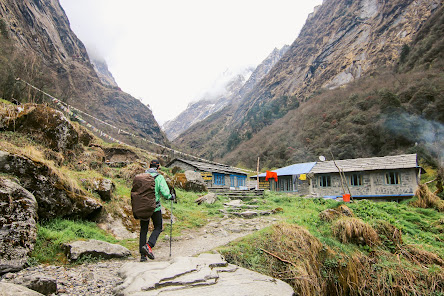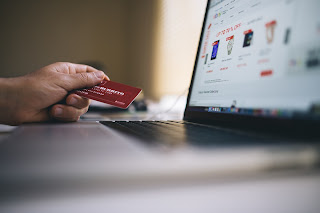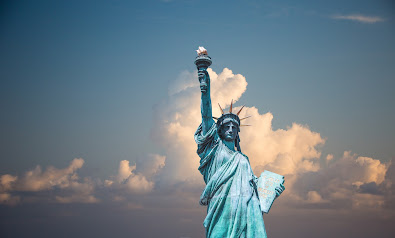Checklist For Your Hiking Trails in Nepal
It is essential to be physically prepared for the walk in the Himalayas if you plan on trekking in Nepal since the scenery is breathtaking. To "Unveil the Himalayan paradise with us," Trekking Trail Nepal earnestly requests that you be prepared for the trek's difficulty and the unmatched beauty of the Himalayas and its undulating topography.
Generally, most tours require walking five to eight hours daily while carrying a light pack. There is no need for certain levels of technical expertise for the Easy, Moderate, and Difficult trekking programs offered on the routes of hiking trails in Nepal.
What to bring for a hiking trip in Nepal
The best advice is to keep things simple and uncomplicated at all times on your hiking trails in Nepal. You will regret every additional kg of weight you hauling as you struggle up to a mountain pass. The following is a list of highly recommended products, with some being more important than others.
A card to manage your finances
You need a travel card that makes it easy for you to manage your expenses while in Nepal and help you with better offers and deals on your travel and stay plans. So, first things first, choose a travel card from companies like Niyo.
Hiking boots
You are going to need footwear. Not footwear, including hiking or trail running shoes. Make sure they are impervious to water, have a muscular build, and, most importantly, are comfortable.
Winter jacket
Another essential item for your hiking trails in Nepal is a jacket that is not only thick and warm but also waterproof, breathable, and lightweight. It should keep you as toasty as a fireplace in temperatures far below freezing.
Sleeping bag
Winter nights may be bone-chillingly frigid even at lower elevations and lower latitudes, and the thin walls and many gaps that characterize the guest rooms of trekking lodges provide little insulation. Get the one that is the warmest yet the lightest that you can afford.
The bottle of water
Take two containers, each of which is at least a litre in size, and replenish them whenever you can. Don't depend on the mineral water that comes in bottles. It is often not accessible and is not suitable for the environment; this is especially true in mountainous areas, where there is minimal opportunity for recycling.
Tablets for the purification of water
Next, on your hiking trails in Nepal, acquire sufficient to purify at least three litres of water each day. Some of the lodges provide pre-treated water on the more well-travelled hiking routes, but you shouldn't count on it being accessible at all times.
Thermals
Getting at least two or three thermal shirts of varying thicknesses and at least one pair of thermal underpants is well worth the investment.
Fleeces
It is essential to have two fleeces, one thin and one thick.
Socks
Some evidence is that hiking socks explicitly designed to prevent blisters may be beneficial. On the other hand, changing your socks is often as effective as any specialized gear in avoiding blisters. A hike that lasts two weeks requires that you bring at least three pairs of shoes. Also, remember to bring a couple of thick, warm ski socks with you to maintain your body temperature after you reach camp.
Hats
A sun hat is necessary for lower, hotter elevations, whereas a winter hat or balaclava is required for higher altitudes.
Gloves
Get yourself a pair of ski gloves that are sturdy and toasty and a couple of under-gloves that are thin and made of cotton. You need to wear thick gloves to operate your camera or eat correctly. On the other hand, if you wear gloves that are too thin, your hands will stay warm for a few minutes longer.
Sunglasses
A vital piece of equipment for climbing at any altitude. Your vision may become temporarily blurry due to the sun's reflection on the snow.
Wash kit
Keep this to a minimum since you won't have many opportunities to clean up. A compact and lightweight travel towel is a good idea to have on hand.
Also Read - THREE REASONS THAT MAKE TRAVELING AN INDISPENSABLE HUMAN EXPERIENCE




Comments
Post a Comment